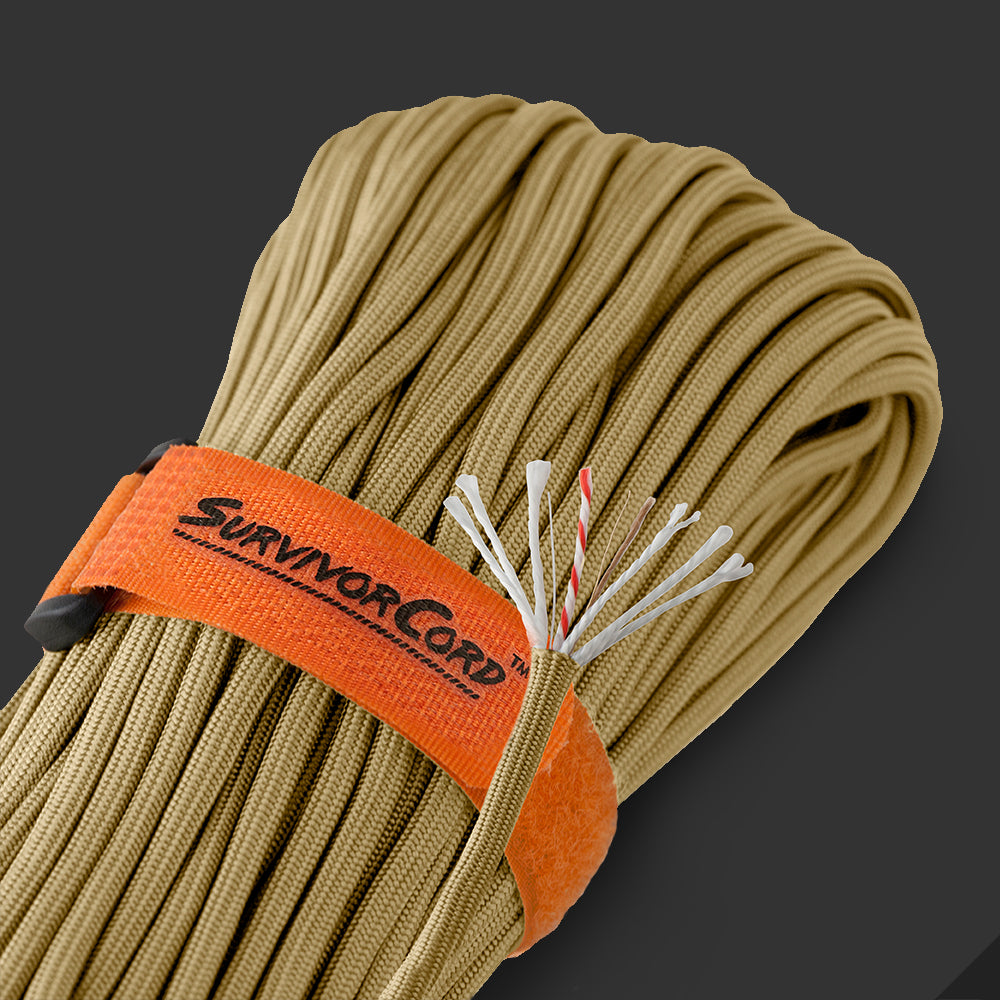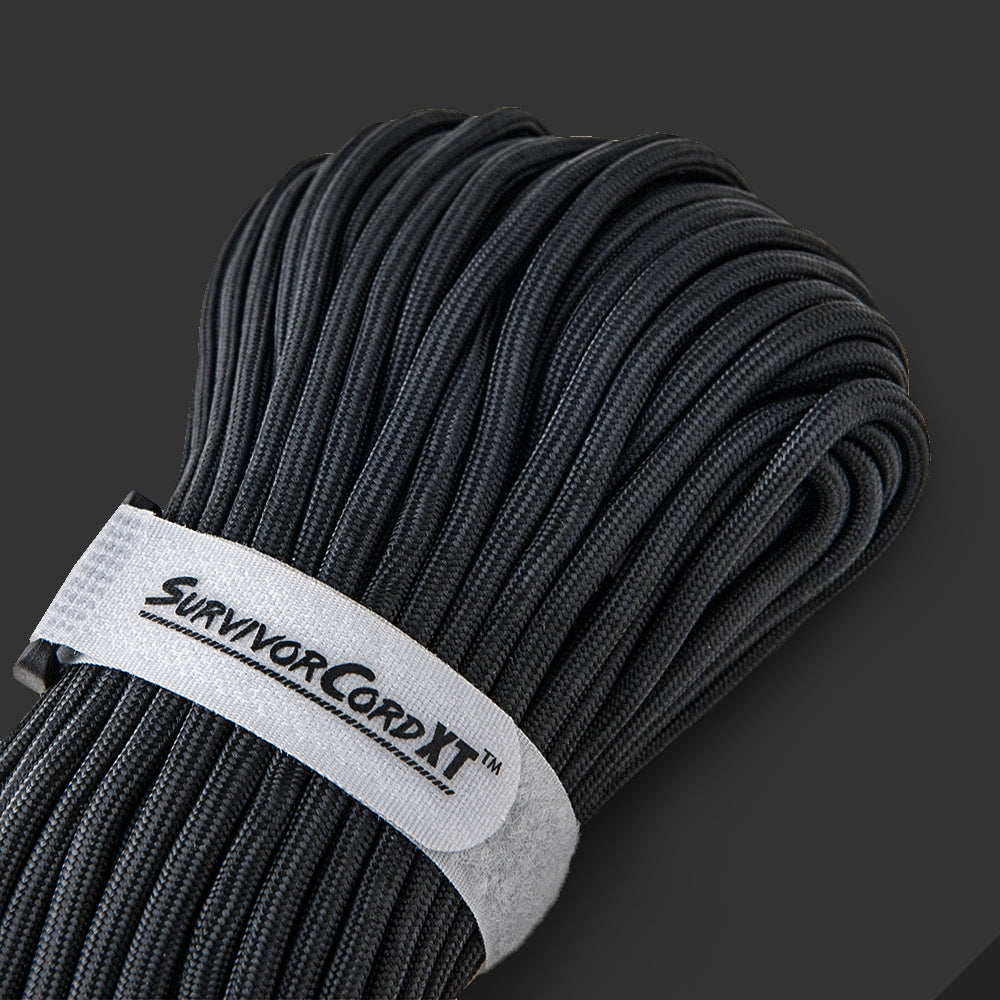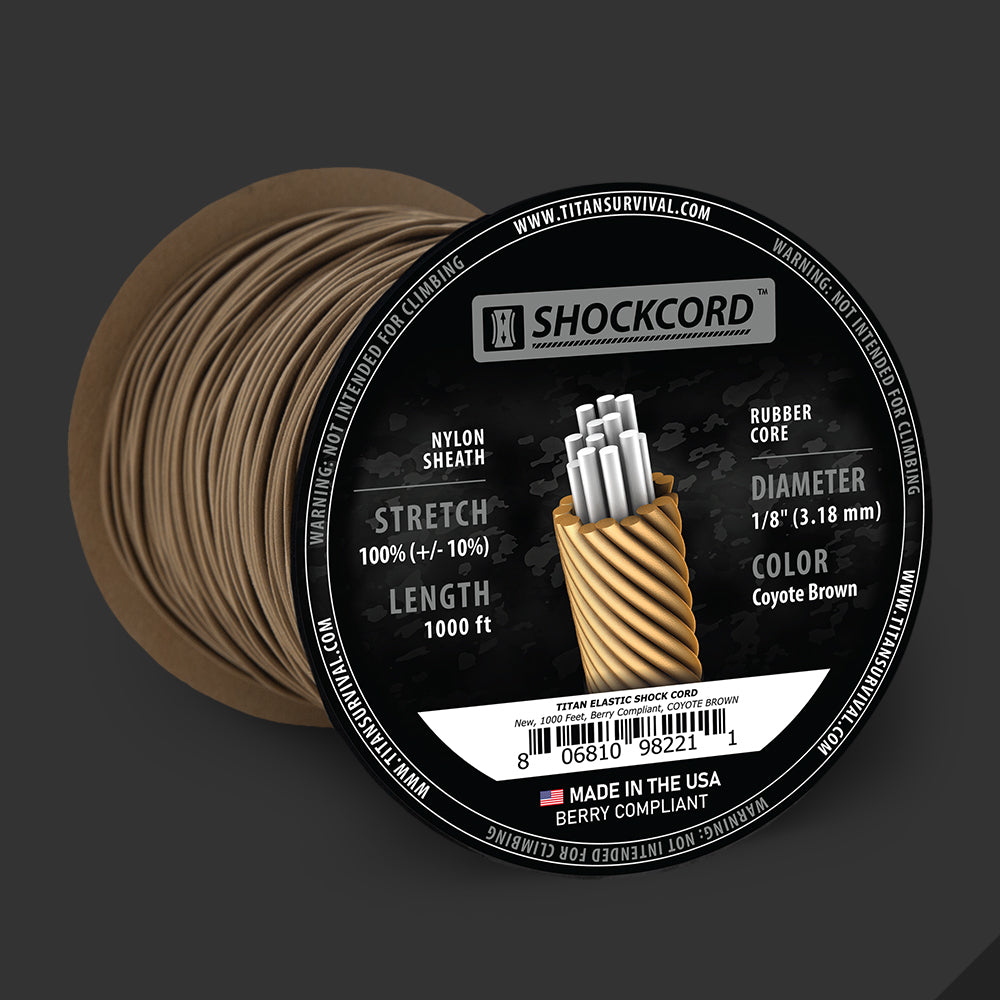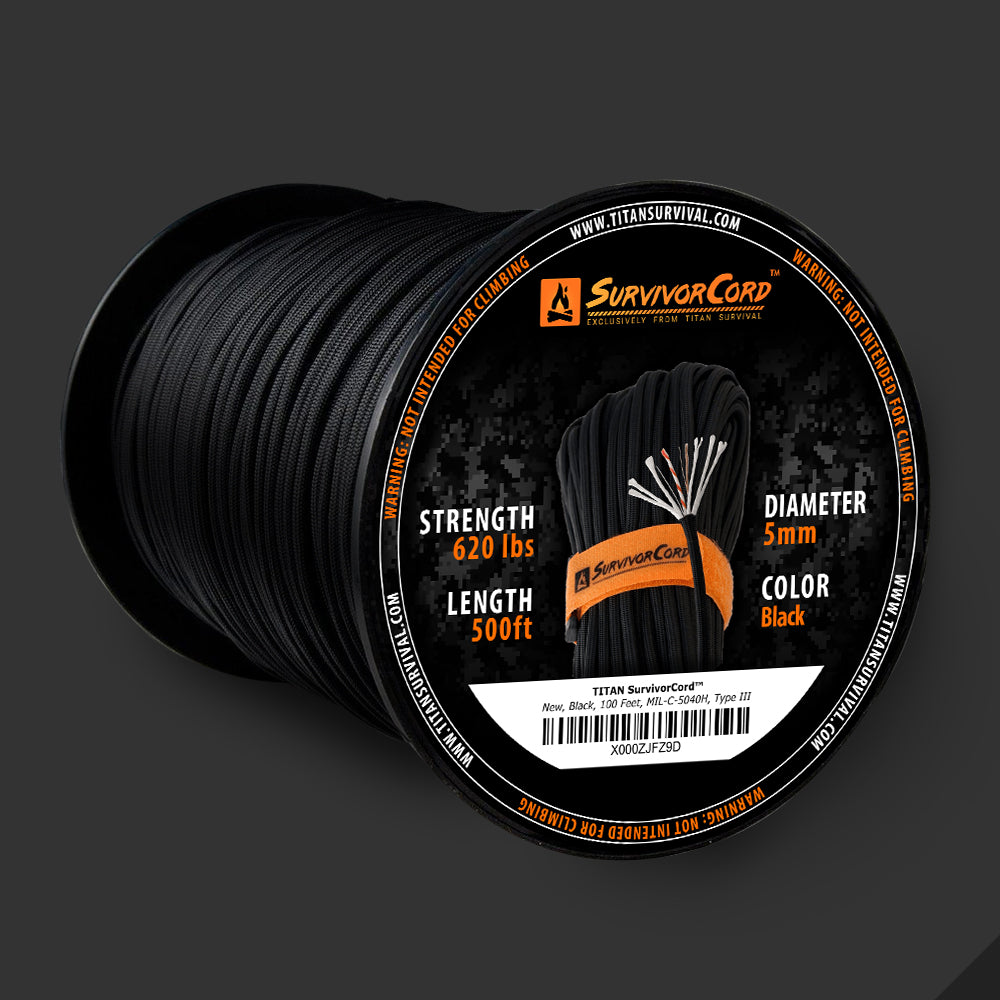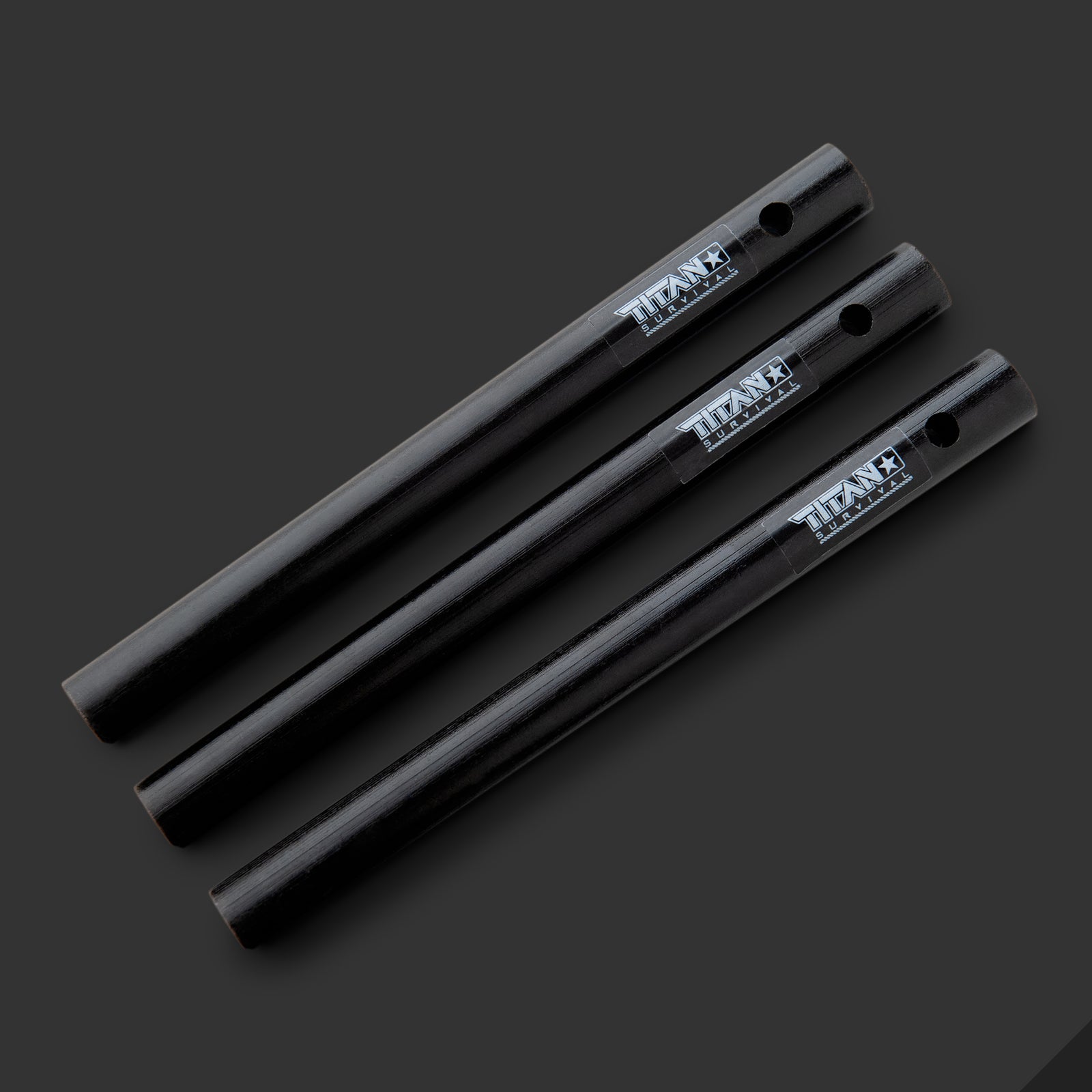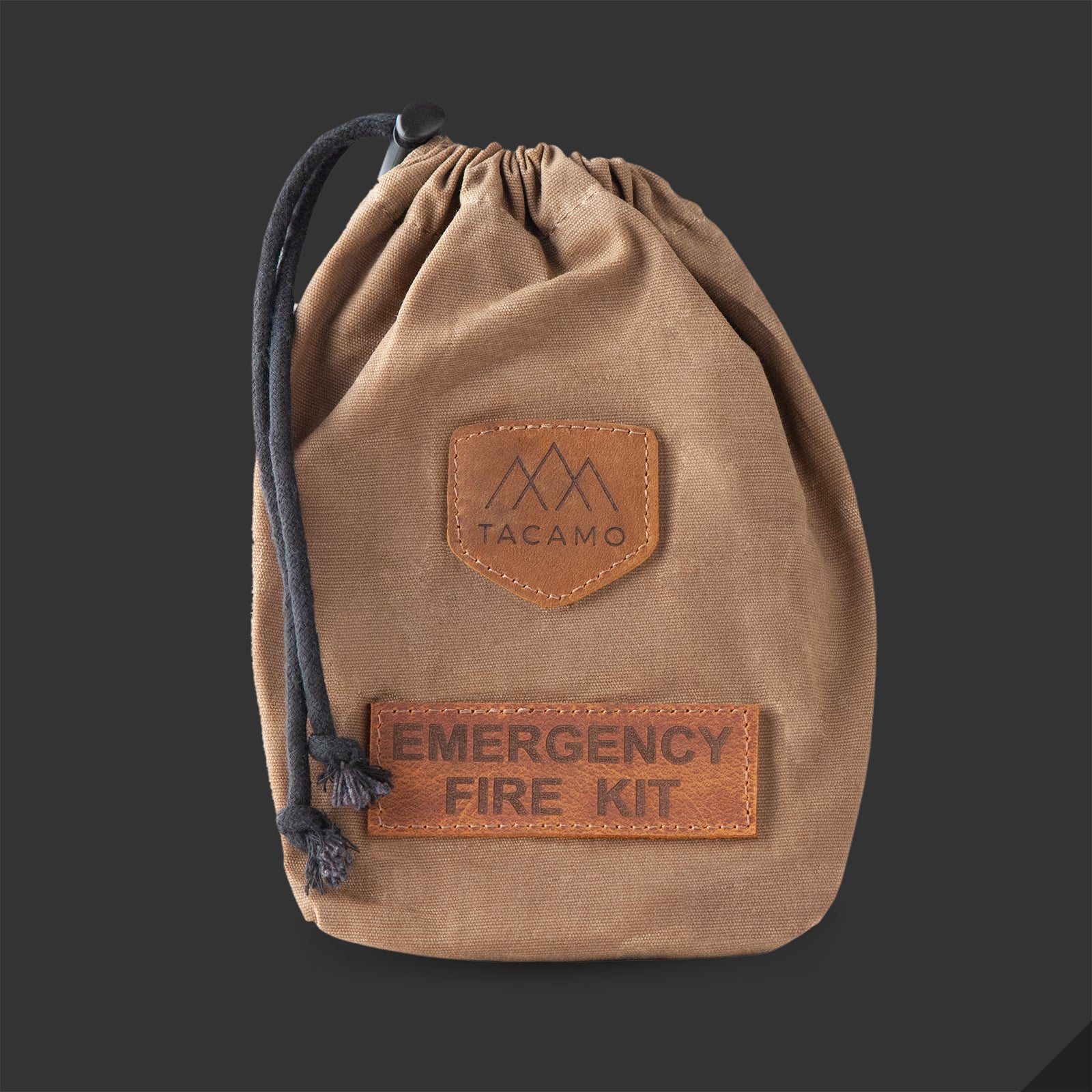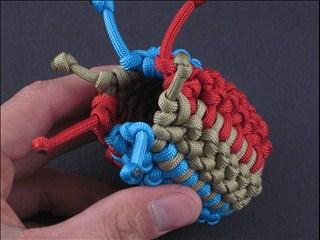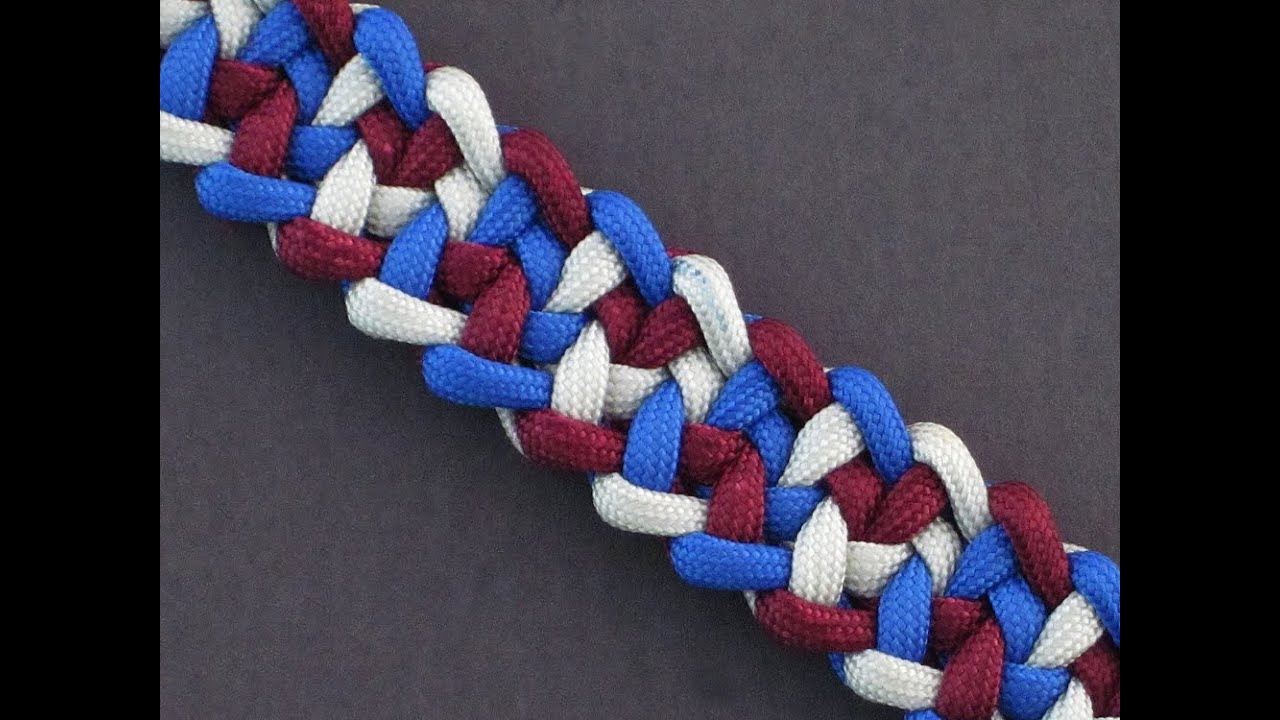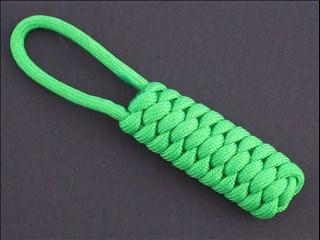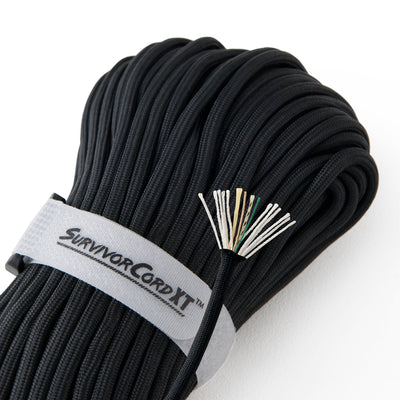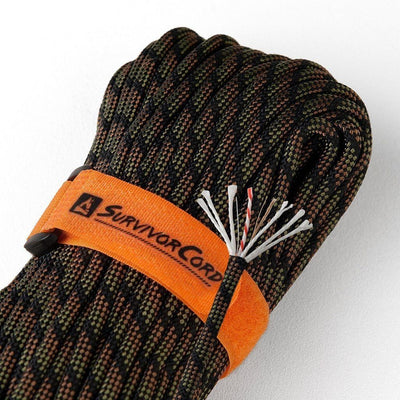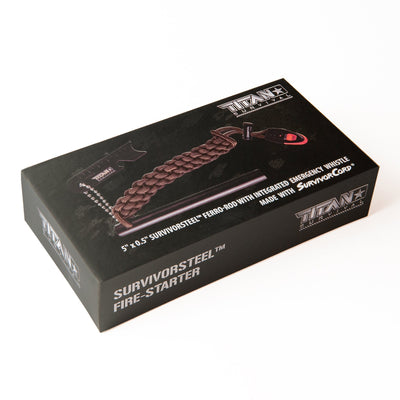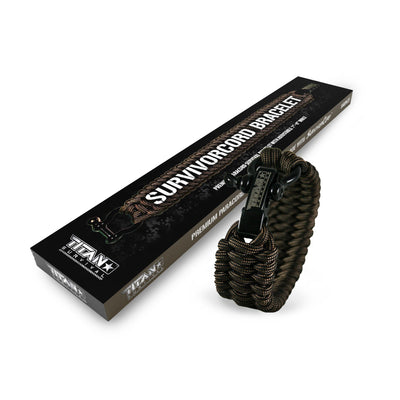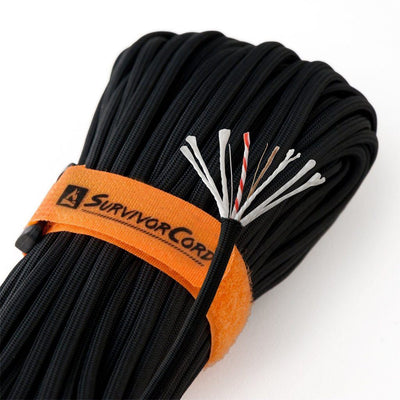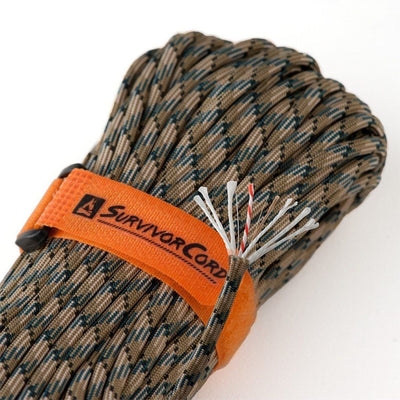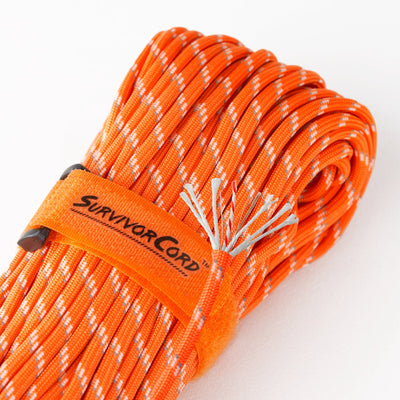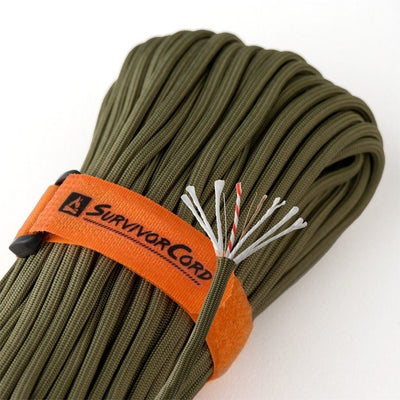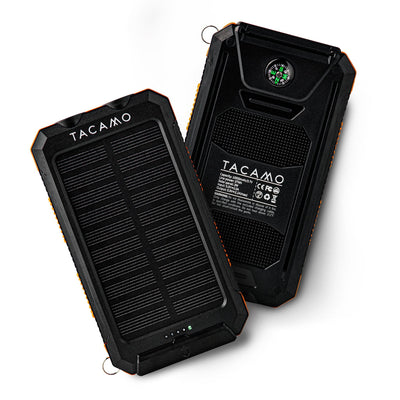Learn how to make a two-peg spool knit paracord lanyard in this video presented by David Hopper. Why by a lanyard when you can learn how to make a two-peg spool knit paracord lanyard in this informational video.
This article is going to discuss how to make a two-peg spool knit paracord lanyard. The materials you will need include a tape measure, scissors, hemostats, clay stylus, torch lighter, a 1 ¼ ” PVC spool connector (piece of PVC pipe with three cotter pins taped to it 1 ¾“ apart), and 17’ of paracord. This 17’ of paracord will create a 26” lanyard.
First insert about 1’ of paracord through the spool with the pins facing up, this end will be the starting end and the other end will be the working end. Take the working end and wrap it around two of the pins, starting the wrap on the outside of the pin and wrapping around the inside of the second pin. Wrap the paracord back around the first pin and hold the working end on the second pin.
Using the clay stylus lift the lower cord off the first pin and over the top cord, keeping the top cord on the pin. Take the working end that you are holding on the second pin, and wrap it back to the first pin and hold it in place. Take the clay stylus and lift the lower cord off the second pin and over the top cord. You do not need to pull hard on the cord, just enough to keep the work moving down through the spool. You should never have more than two loops around the pins at any given time.
Rotate the spool in your hand, work the cord, and gently pull on the standing end below each time. Continue working the paracord until you have about 1’ of paracord remaining. Carefully push the work up off the pins and remove from the spool. Take the working end and run it down through the opposite loop, and again back through the first loop. This will lock in the knot so that it does not unravel.
The starting end will be offset. Back the paracord out and very carefully undo the first weave. This will create a loop that is identical to what was on the other side. Put the end through the loop and pull it tight. Now both ends of the lanyard should look the same. Next is to tie a lanyard knot, also known has a diamond knot, on both the starting and working ends.
To tie a lanyard knot, beginning on the starting end, create a bight and then form a loop a little ways up from the end. Take the end under and around the loop to create a Carrick bend. Pass the working end up through the center of the Carrick bend. Then pull the loop and cord form both ends to tighten the lanyard knot.
Using the clay stylus, work the slack from the knit end though the knit, bringing the knot down against the knitted end. Work the remaining end down inside the knitted end with the hemostats. Trim the end with scissors and using the torch lighter, melt the end into the knit. Repeat on the working end of the lanyard. Both ends should look the same.
And that’s all there is to making a two-peg spool knit paracord lanyard. You can add a carabiner, snap hook, swivel clip, or key ring to the loop. Choose different colors to customize the look of your lanyard. You can make other sizes of lanyards by working directly off a larger spool of cord and working it until you reach your desired length.

